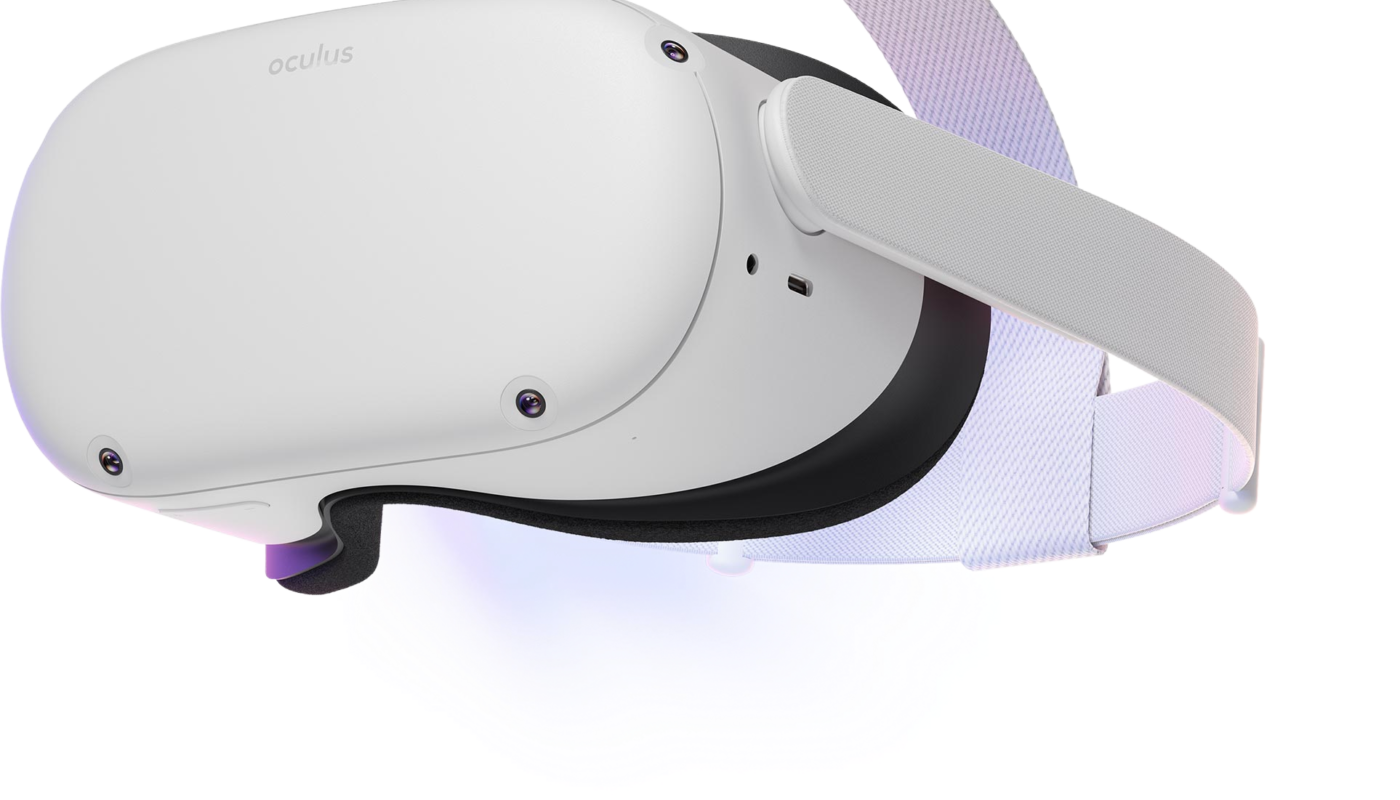With the Christmas season coming along, there are several virtual reality (VR) headsets on the market, and they can make for great presents for almost anyone.
VR headsets and their technology have been getting cheaper and cheaper in the past five years. The biggest release has been Facebook’s Oculus Quest 2 that was released in October of 2020.
It was sold at only $299 for an all-in-one unit that allowed you to download and play VR games all with the use of a headset and a phone app. However, games can only be purchased on the Oculus store which is notorious for not having very many sales.
This is and continues to be vastly different to how all other VR headsets operate. They are all secondary units that interface with a computer that processes everything for the headset.
This means you would have to have a high-end computer to play VR games or other cinematic experiences.
The only downside to the standalone version that the Quest 2 employs is that it cannot run all current VR games as they are too graphics intensive for the headset. The Quest 2 manages to run just under 2k resolution per eye at 1832 x 1920 per eye.
On the other end of the spectrum is the high-end Valve Index, it sits at 1440 x 1600 resolution per eye. At a price of $999, it is a secondary headset but has been deemed the best headset out as of this time, its controllers being the main reason for this.
The Valve Index’s controllers manage to have both full finger tracking while providing a very comfortable experience. It seems that the experience is so enjoyable that many people with other headsets have purchased the Valve Index controllers to use with their headsets despite still being $279 on their own.
The major players for the VR headset industry have been Facebook, Valve and Vive, but there are now other traditional tech companies getting involved as well.
HP just announced their Reverb G2 headset at the beginning of November and it is supposedly the next best headset. It supports the highest resolution yet with 2160 x 2160 resolution per eye, although it is still a secondary style headset. It is only priced at $549, making this option a nice middle ground between the other mentioned two.
With more companies like HP producing real competitors to the major three brands, the technology will get cheaper and cheaper and the prices for consumers will fall as well.
It is hard to see how Valve will keep their pricing so high with their competitors offering very similar, or even better headsets, than what they are providing for under half the price.
For personal recommendations, the Quest 2 continues to be the best deal for the headset itself, but if someone has a computer that can run it, they can save a lot of money on games by purchasing any of the secondary style headsets.

